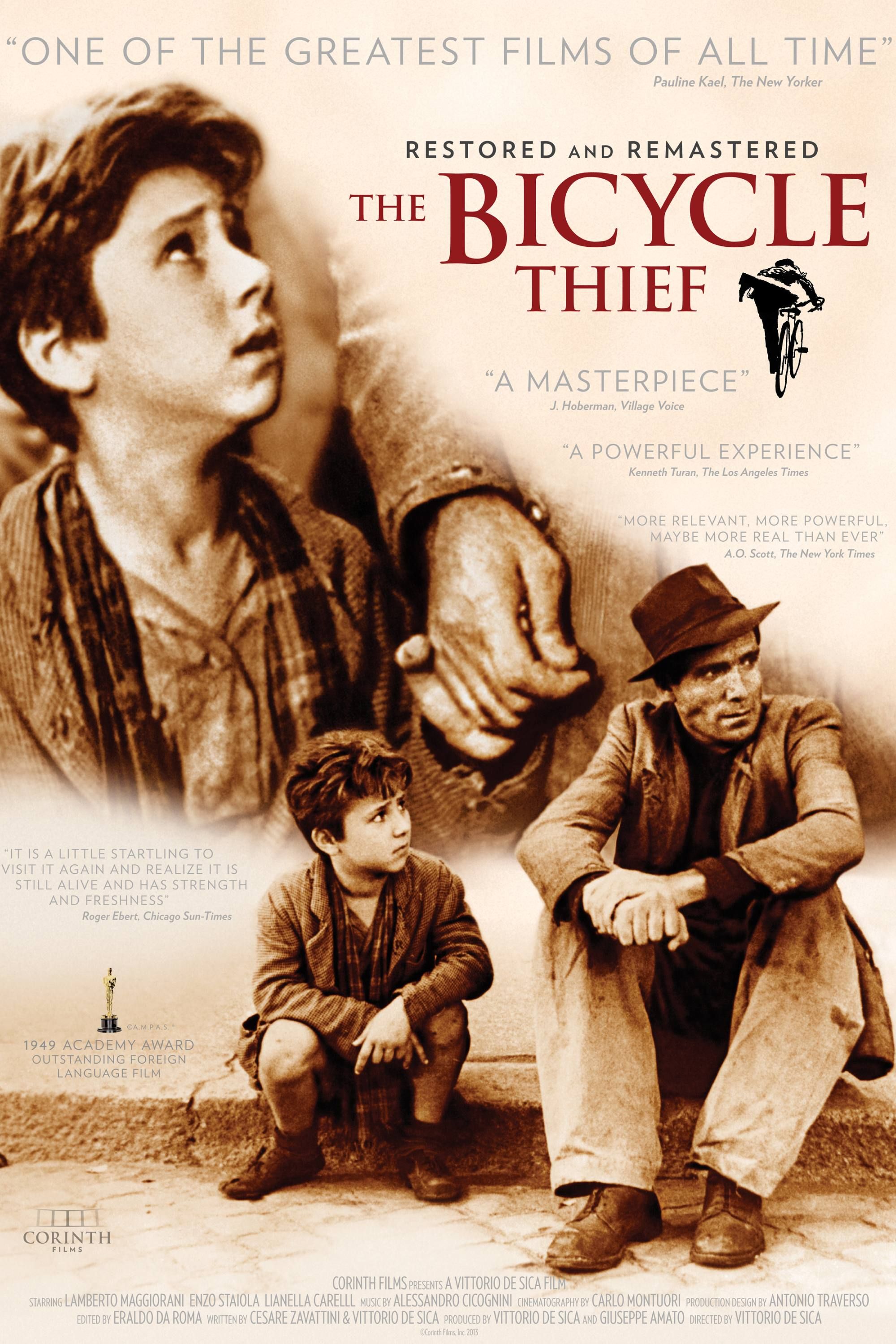Italian neorealism was a hugely influentialfilm movement that emerged in the aftermath of World War II.
The watchword for the movement was authenticity.
Even all these decades later, filmmakers continue to borrow some of its elements and preoccupations.
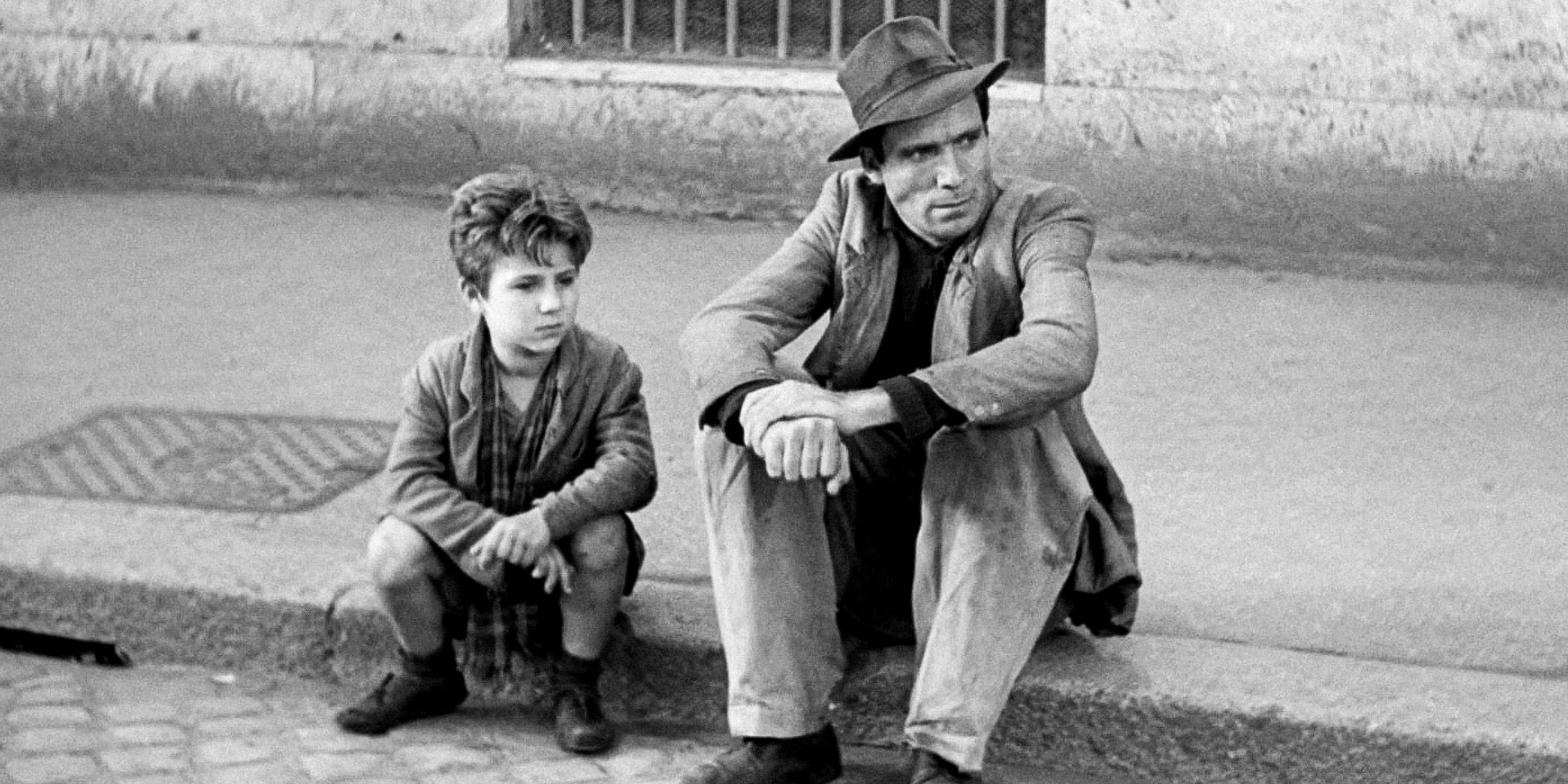
Image via Ente Nazionale Industrie Cinematografiche
The emphasis is on the humility and humor of the friars' simple lives.
Francesco, giullare di Dioinvites the viewer into the peaceful and spiritually rich world that St. Francis inhabited.
Roberto Rossellini employs a documentary-like style, using non-professional actors, including actual monks.
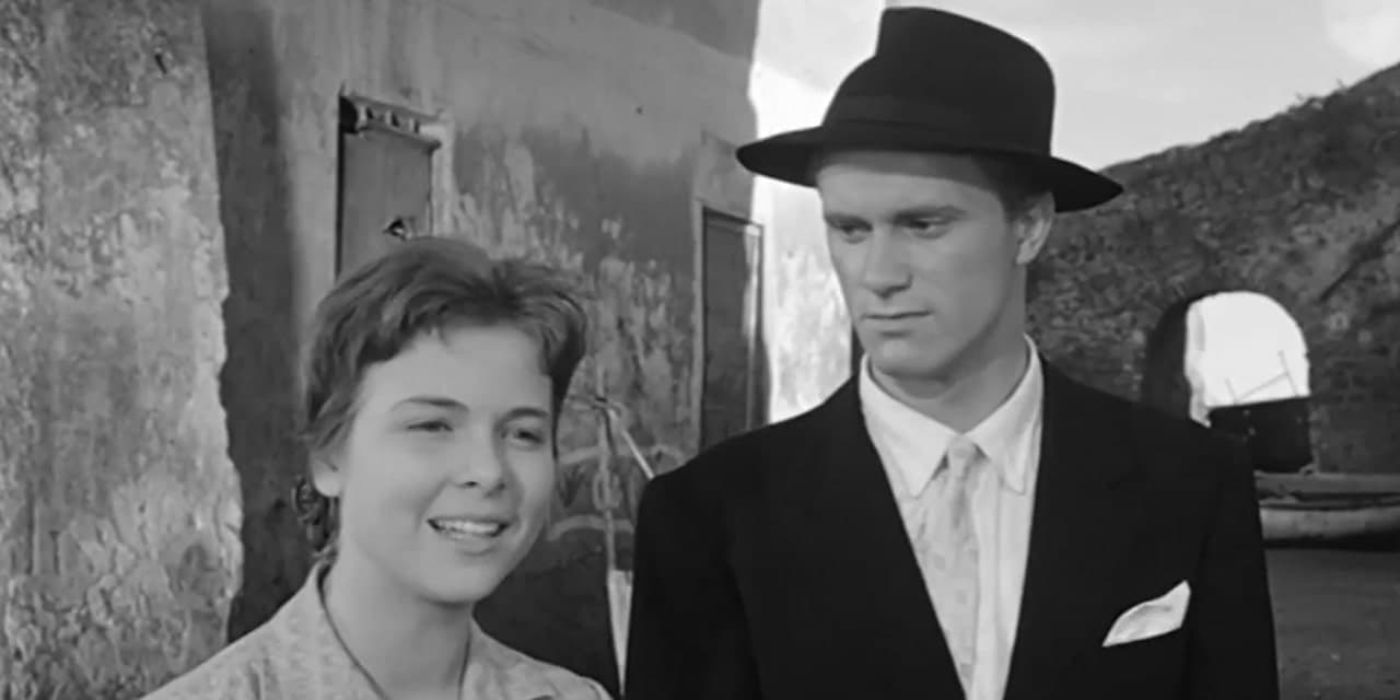
Image via Carlotta Films
Likewise, the use ofblack-and-white cinematographygives the film a timeless, contemplative quality that complements the subject matter.
Taken together, these elements invite the viewer into the peaceful and spiritually rich world that St. Francis inhabited.
“Germany, Year Zerois the final chapter inRoberto Rossellini’s World War II trilogy.
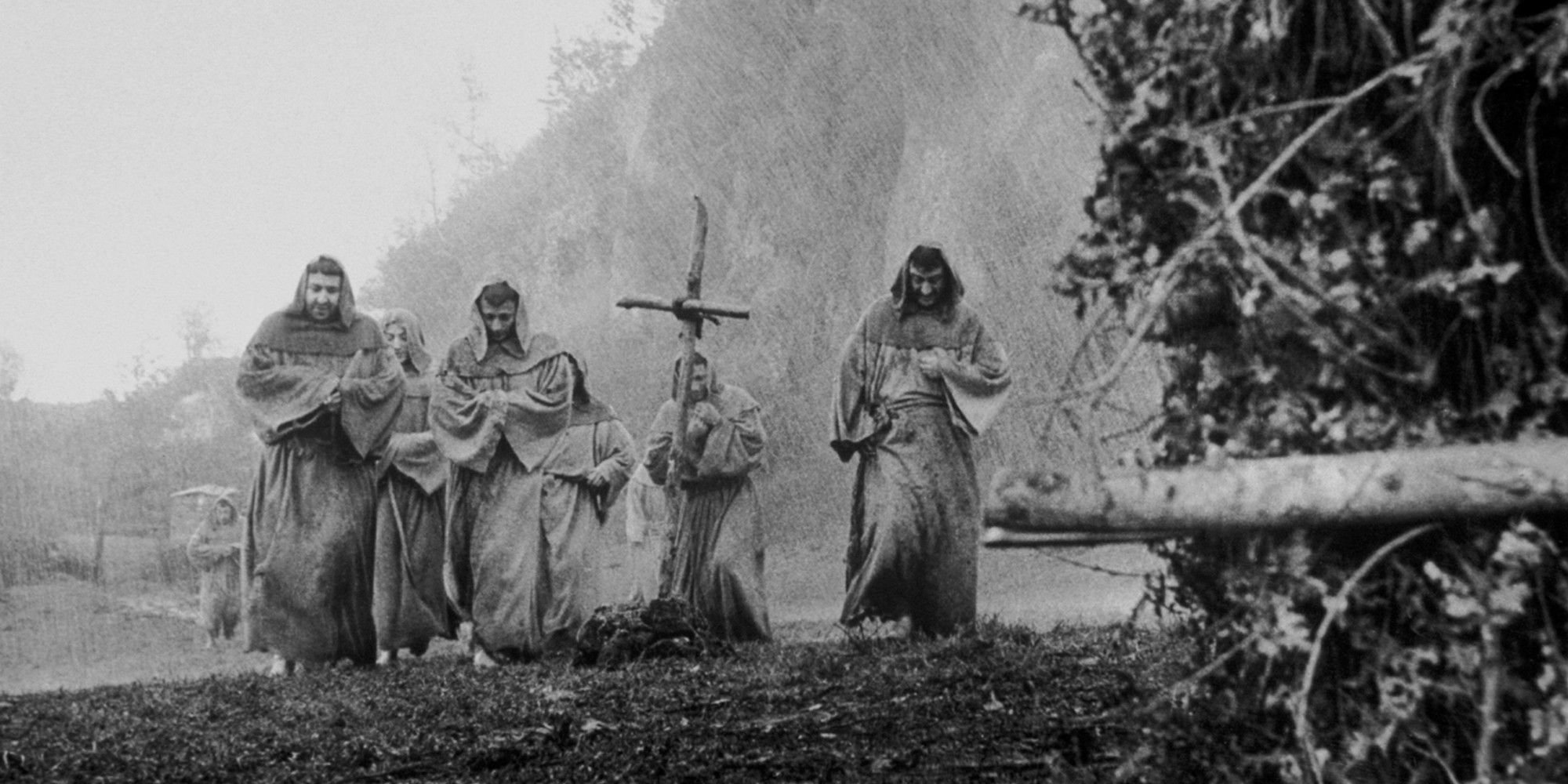
Image via Carlotta Films
Its inhabitants are similarly broken, drifting through a society unmoored from its moral foundations.
Through them, the film makes a bleak comment on the lingering effects of fascism.
At the same time, Rosselini never loses sight of his young protagonist.
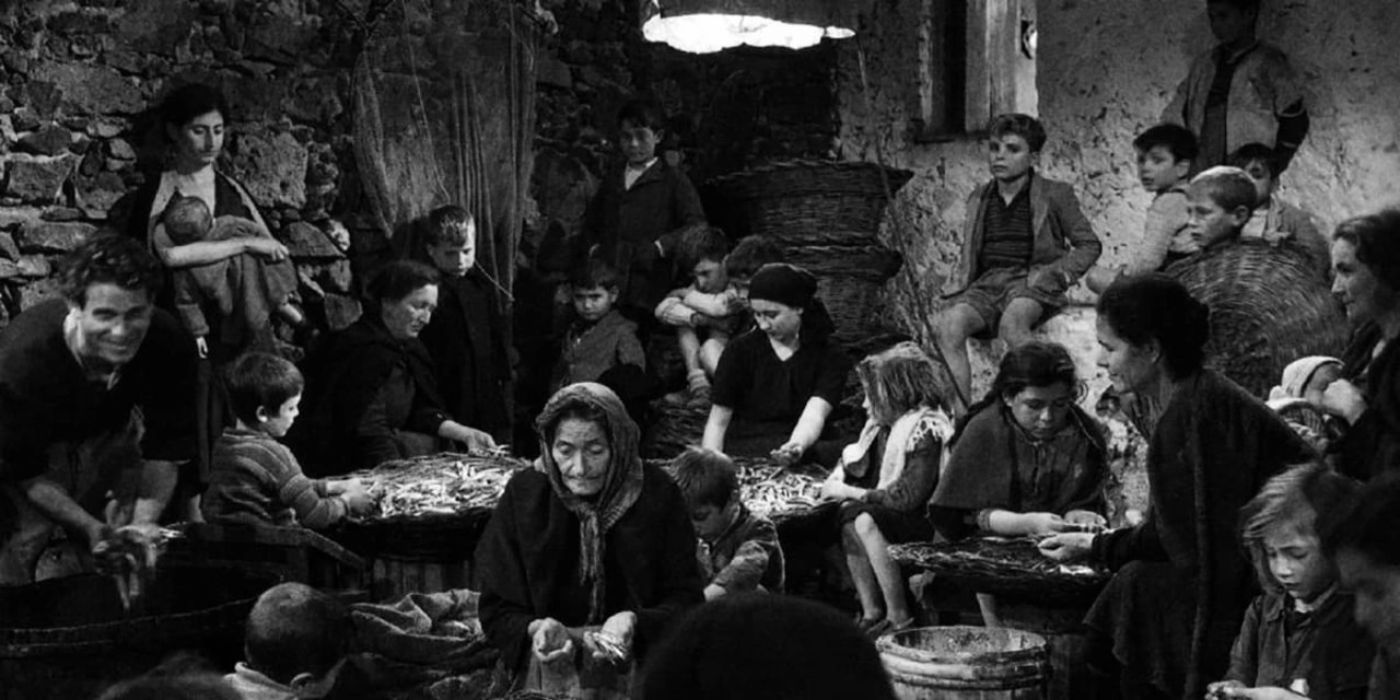
Image via Compagnia Edizioni
Watch on BFIPlayer
6’Stromboli' (1950)
“This island is like a prison.”
The titular Stromboli is a remote volcanic island.
It’s a marriage of convenience, representing Karin’s ticket out of the displaced persons' camp.
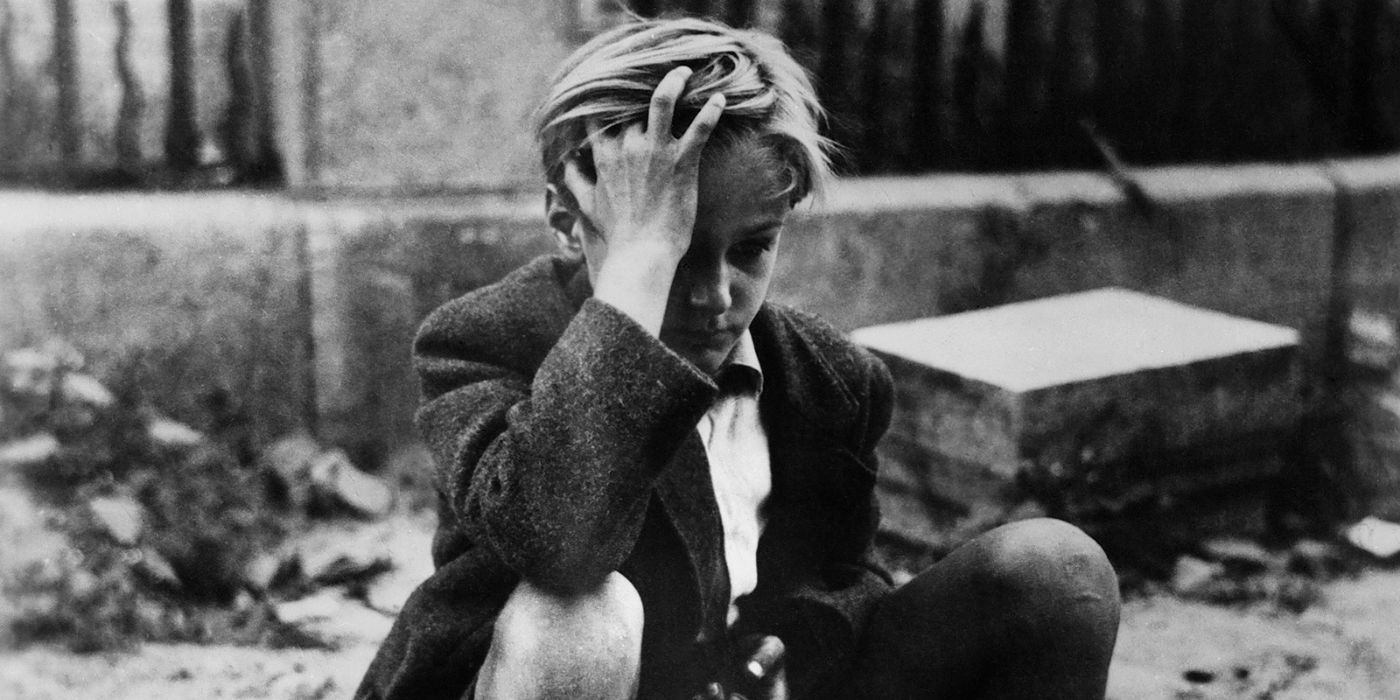
The raw, unpolished cinematography byOtello Martelliamplifies the starkness of the setting.
The rocks, waves, and solidified lava flows practically become characters in their own right.
However, the real highlight here is theintense, committed performance by Bergman.
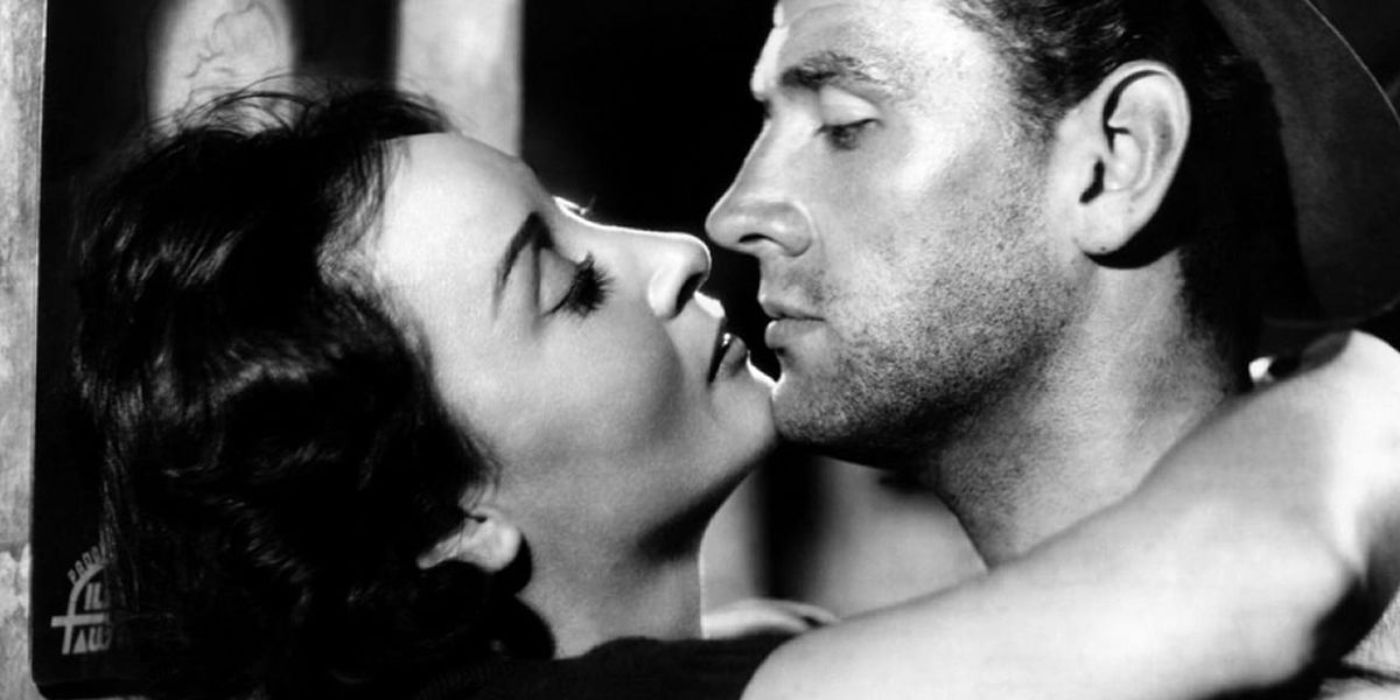
Image via Industrie Cinematografiche Italiane
She is layered and believable, carrying much of the film singlehandedly.
Consequently, her character becomes a stand-in for countless people in similar situations.
The aesthetics reflect this, too, leaning into long takes and minimal editing.
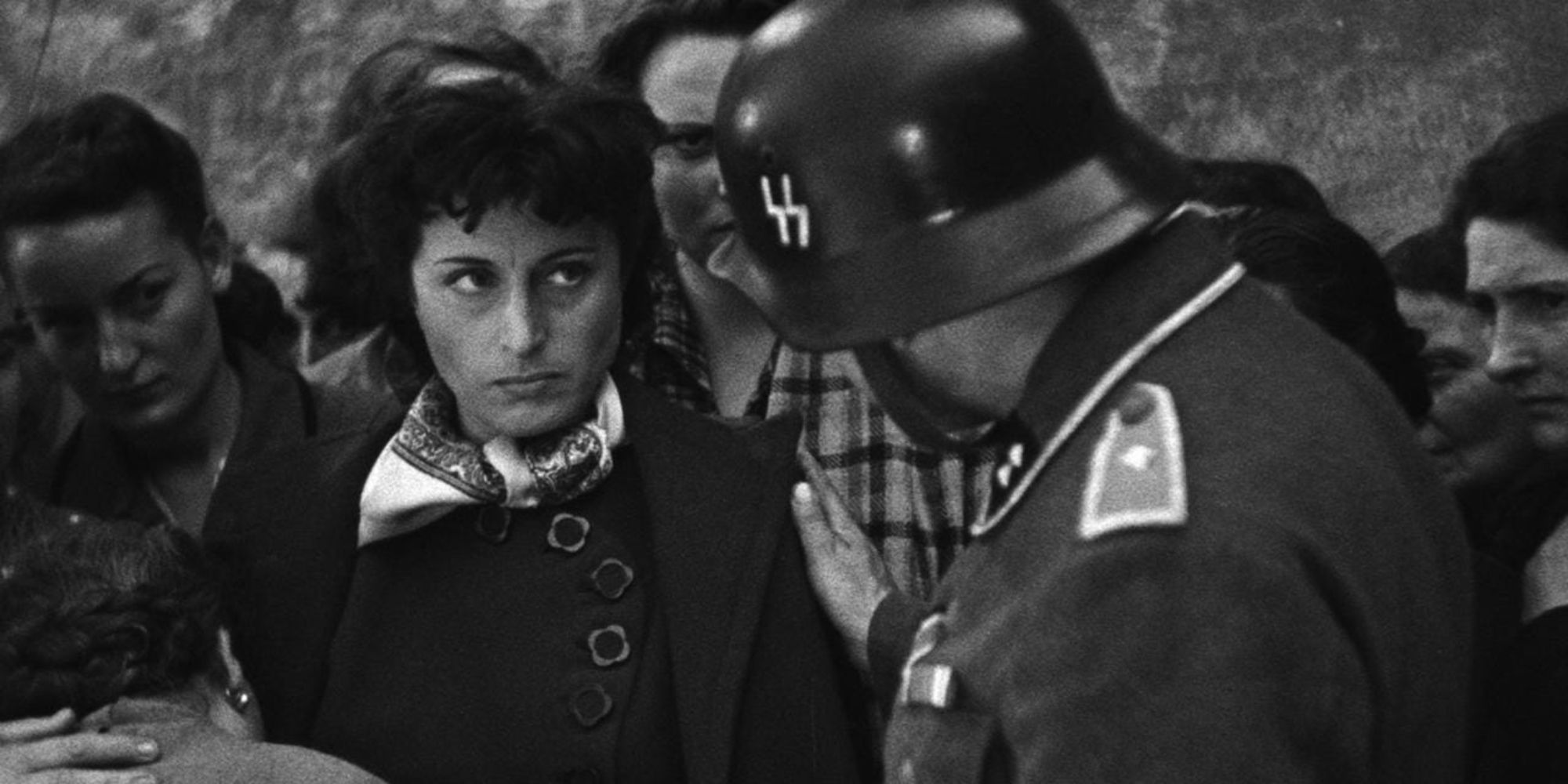
Image via Minerva Film
This landmark film is the first installment in Rosselini’s loose wartime trilogy.
Perhaps most impressively of all, the characters are complex and driven by competing motivations.
Through these characters,Fellini crafts a more poetic take on neorealismjam-packed with emotion and bittersweet comedy.
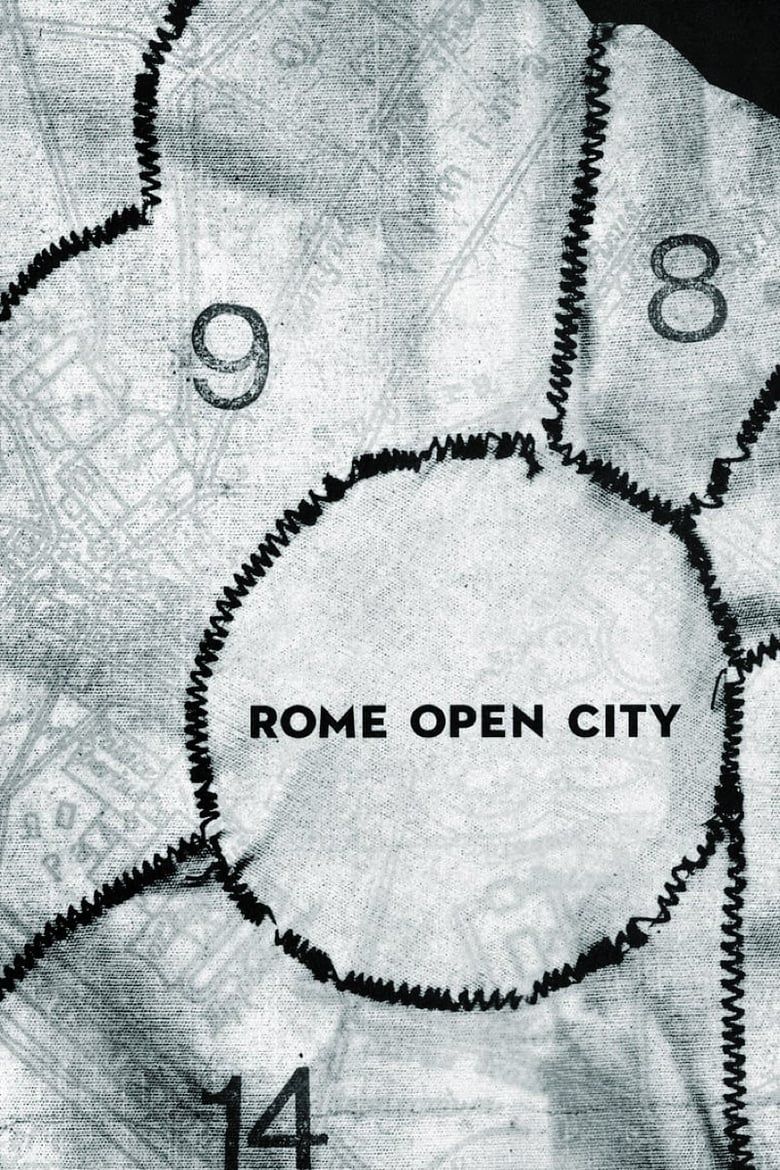
This approach was controversial at the time, but the movie is now widely beloved.
As the situation grows more dire, Flike remains Umberto’s source of hope.
It’s a powerful and universal story about the struggle to provide.
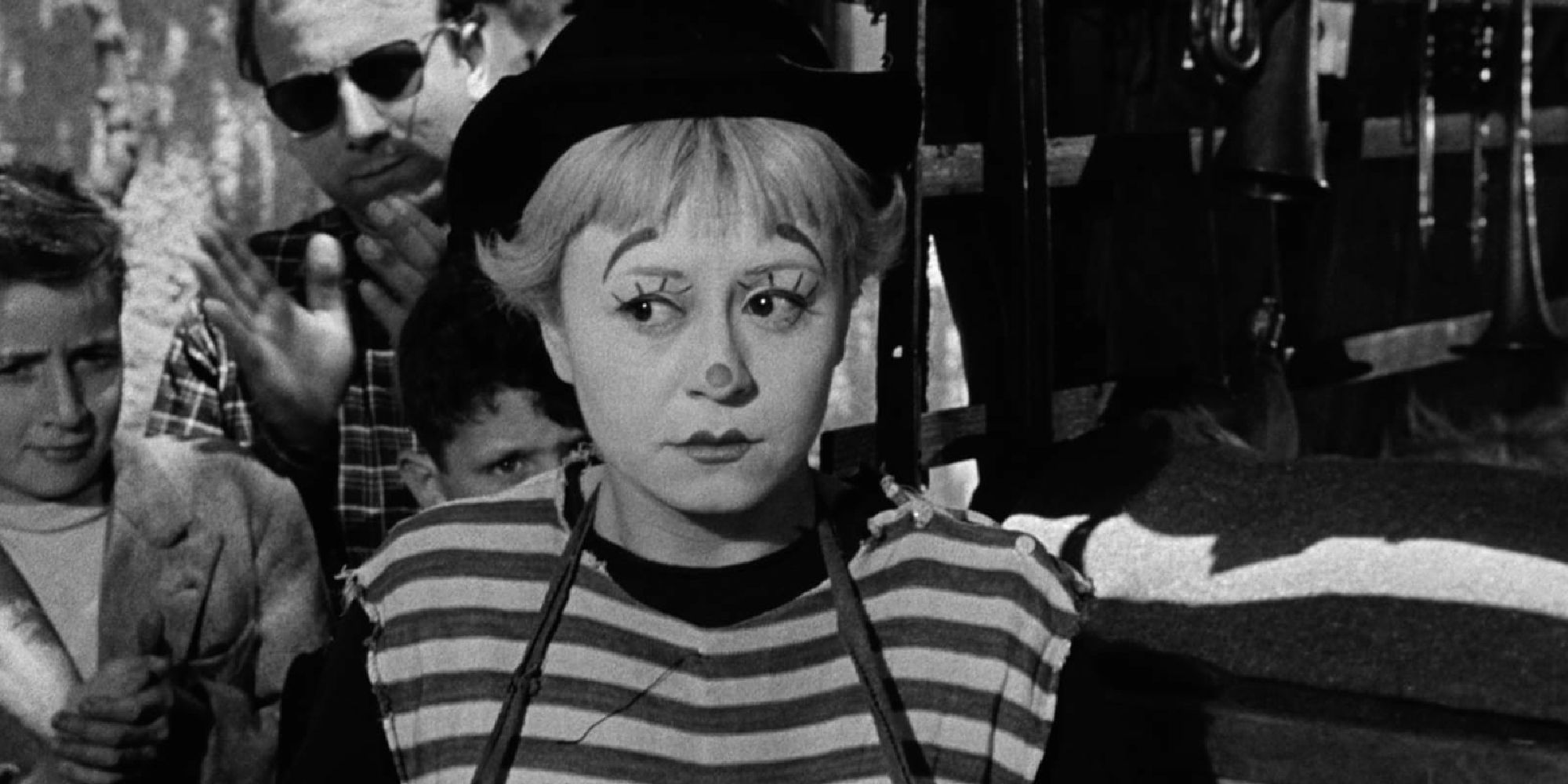
Image via Paramount Films of Italy
However, rather than being didactic,Bicycle Thievesis enjoyable and engrossing, even in the sadder moments.
NEXT:The 10 Worst Movies of the 1970s, Ranked
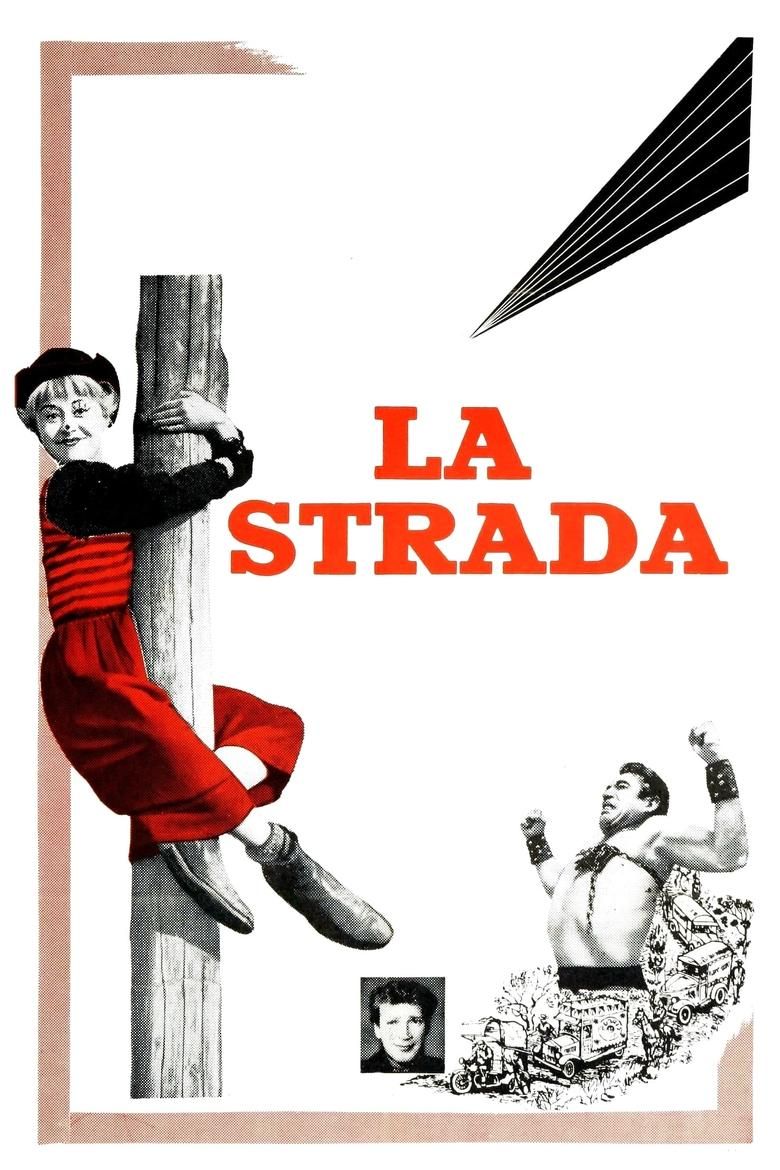
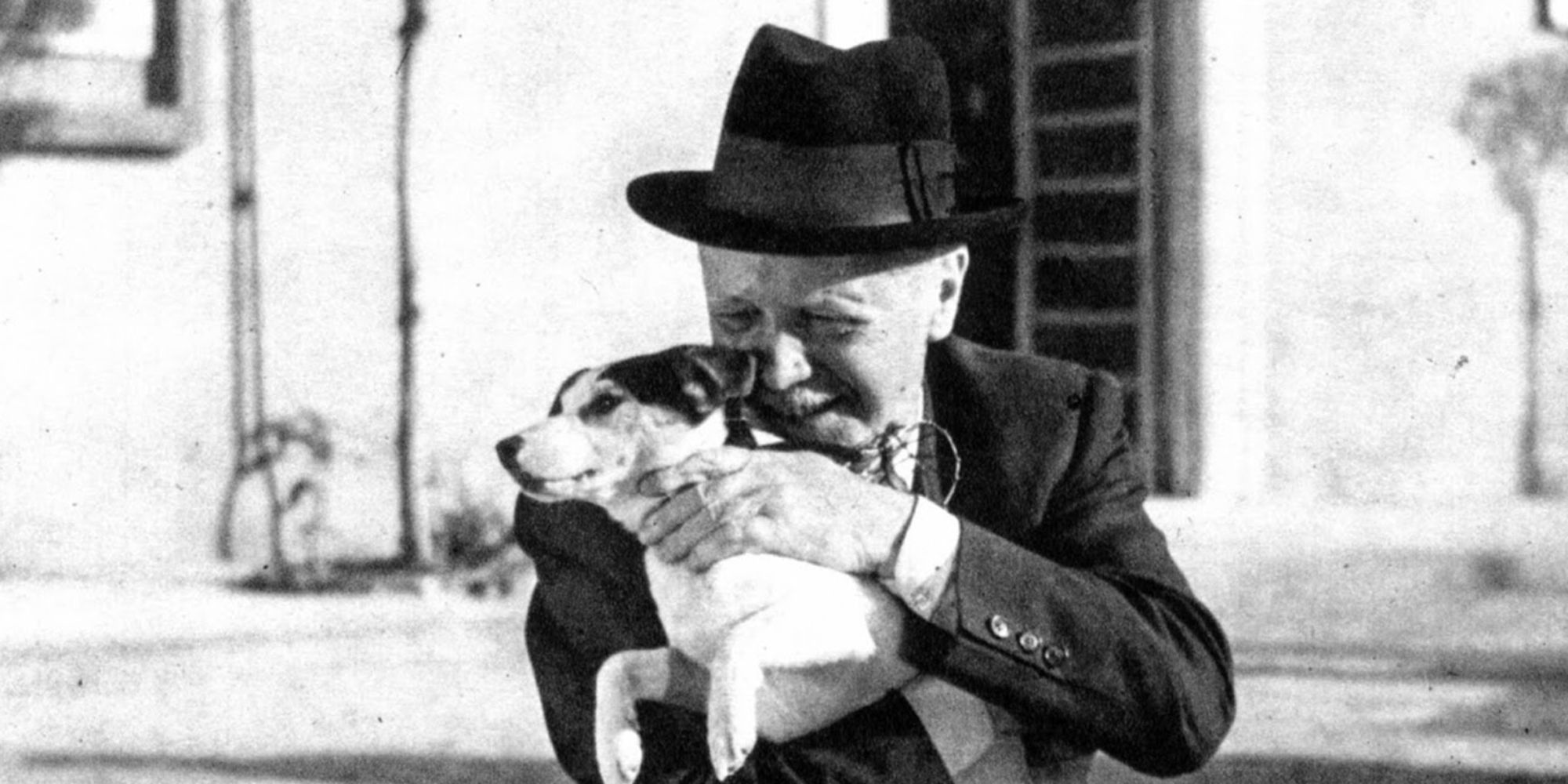
Image via Cinecittà
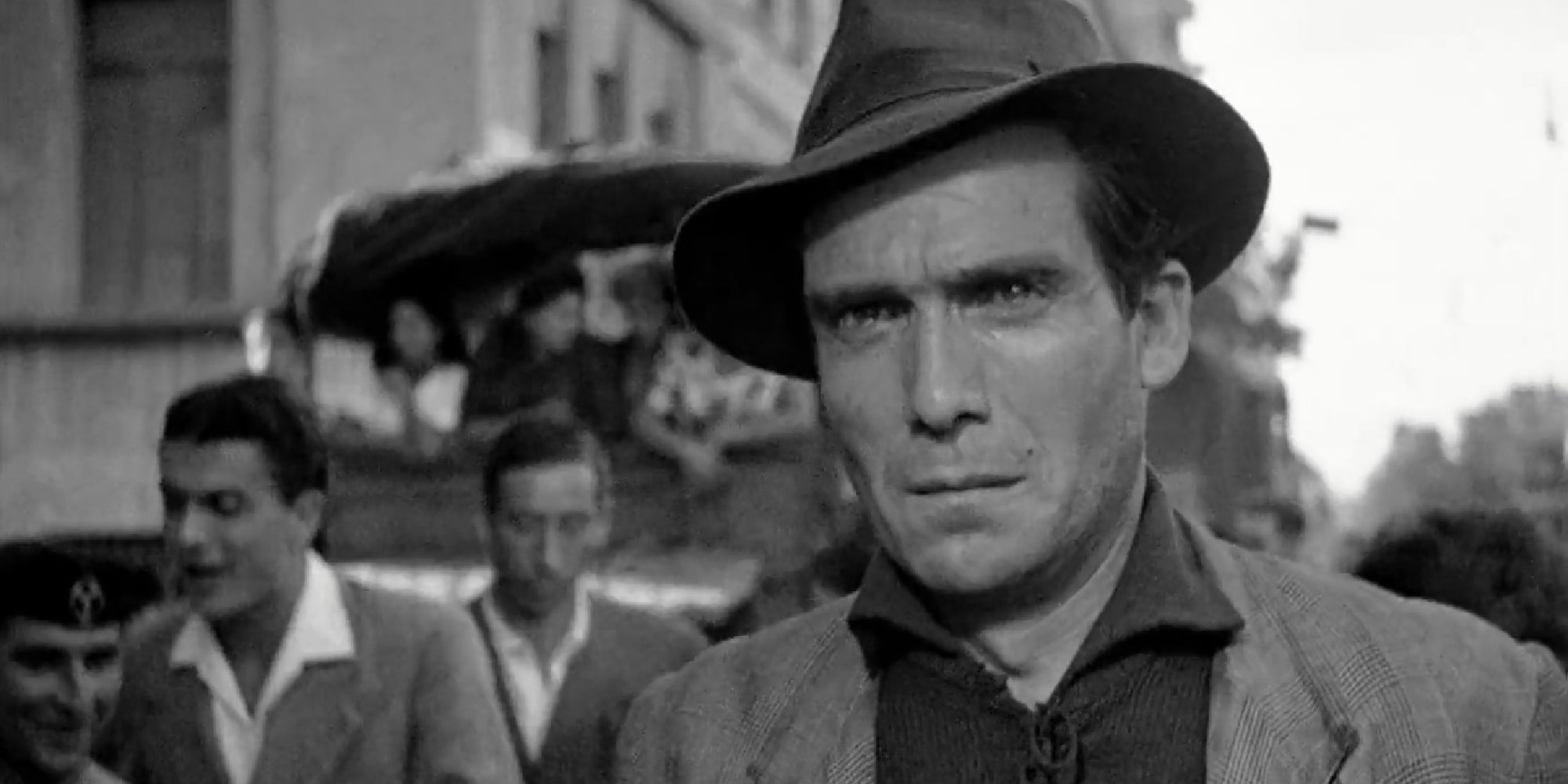
Image via Ente Nazionale Industrie Cinematografiche
